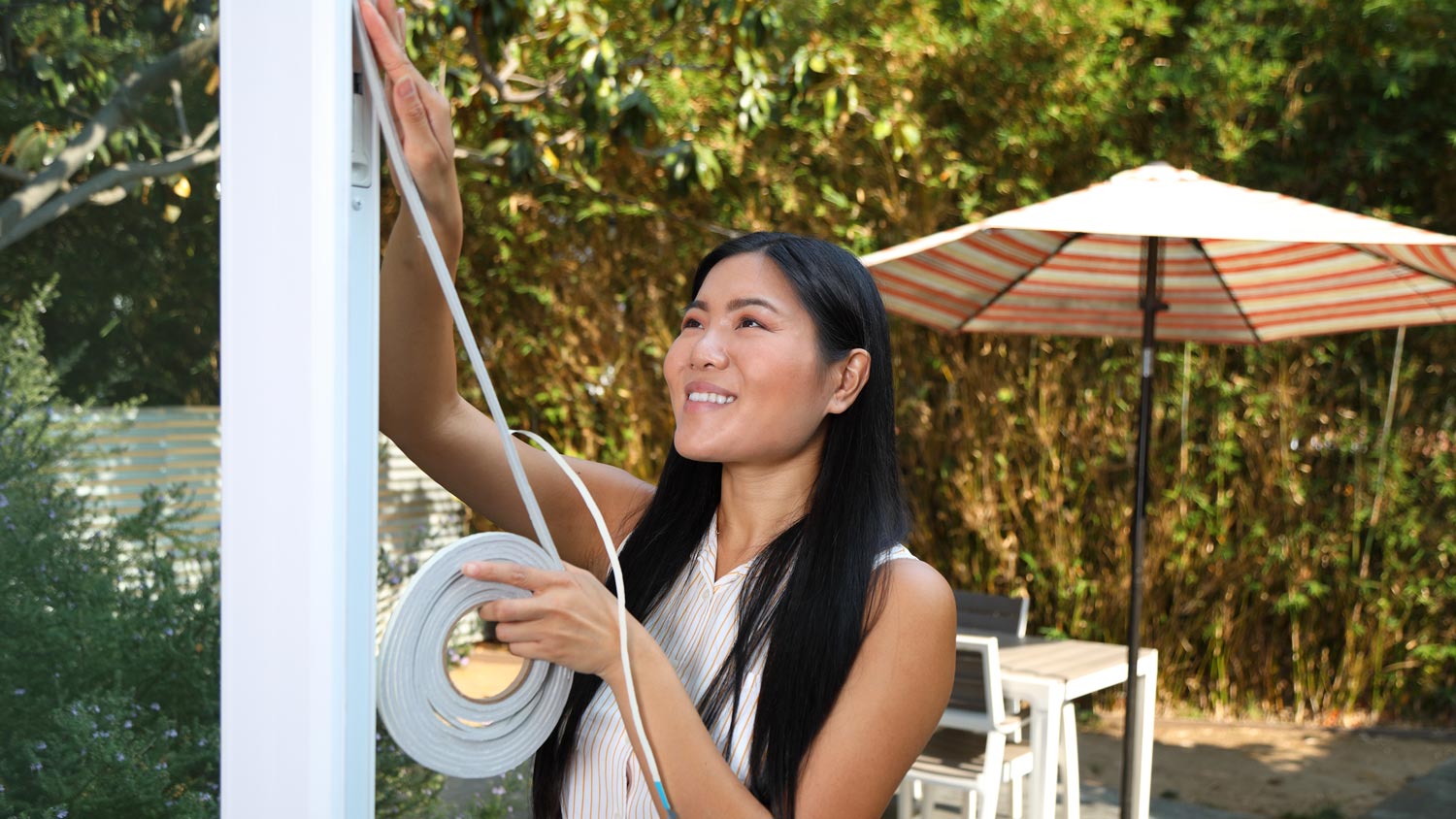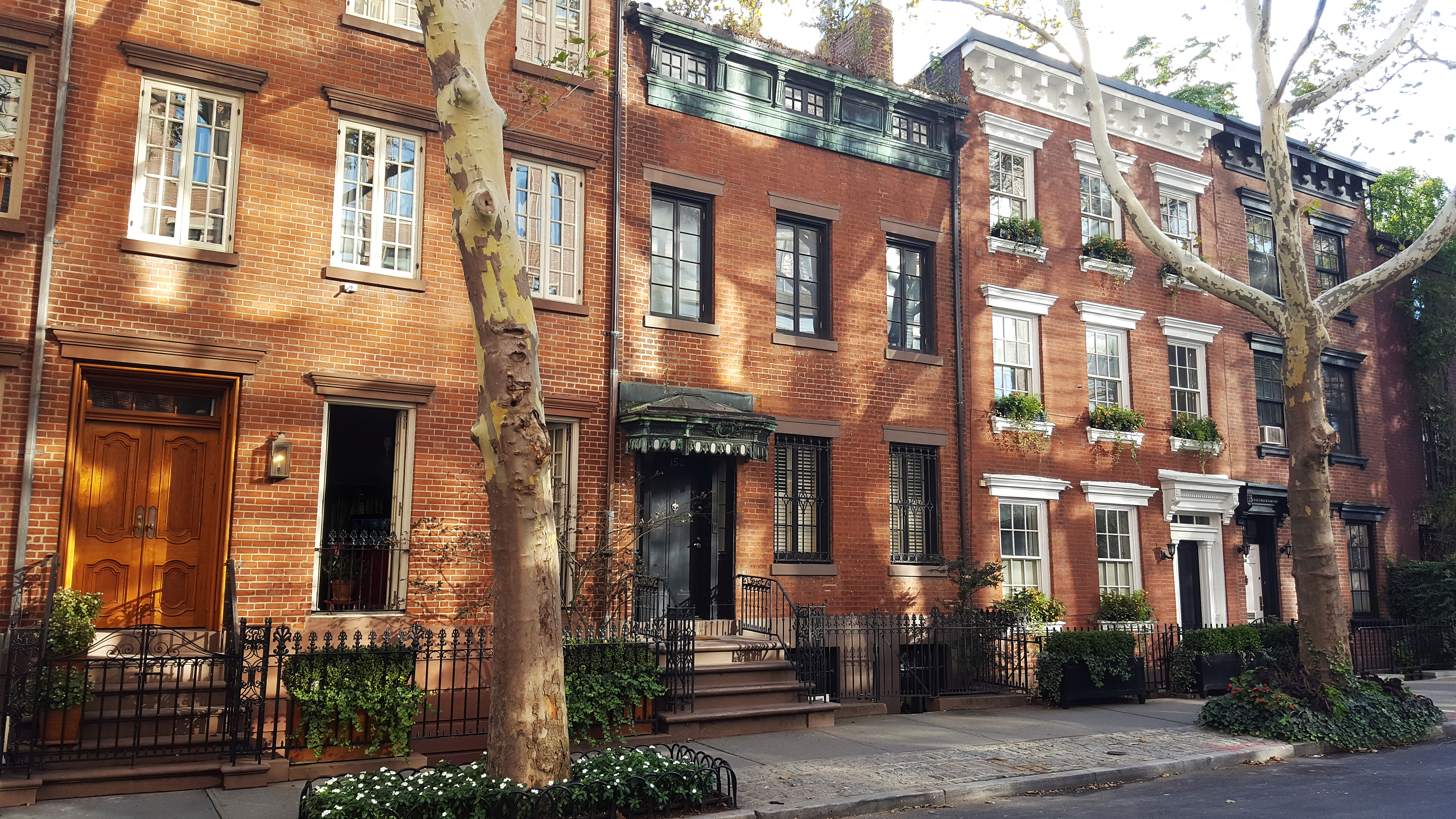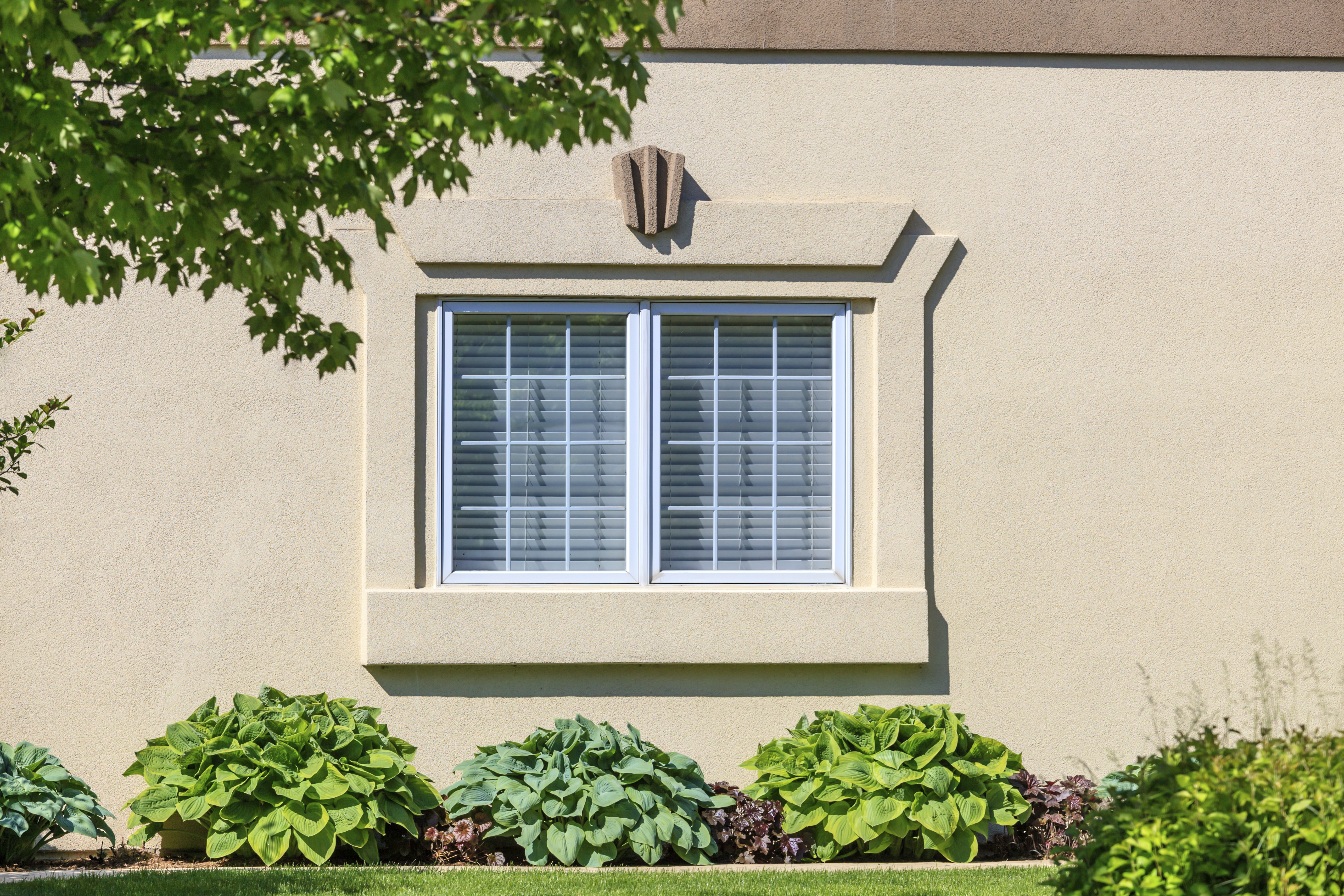
Depending on the damage type, window repair costs in New York can be high. Learn the factors that influence the cost to fix your windows.
A frame is worth a thousand words


Aluminum and vinyl frames are the most budget-friendly, but they can corrode or warp.
Wood is a good aesthetic choice, but it’s prone to rot and damage from pests.
Fiberglass and steel frames are sturdy and energy-efficient but cost the most.
Wood-clad frames offer both aesthetic appeal and damage protection, but they come at a higher price.
Window frames play an important role in protecting your home from drafts, pests, and the elements. Plus, let’s be honest, the right ones can really add character to a room. But with so many window frame types to choose from, it’s wise to learn their different pros, cons, and costs. Before you overhaul your windows, read on to learn everything you need to know about different types of window frame materials.
| Material | Qualities | Cost Per Window |
|---|---|---|
| Aluminum | Cost-friendly and low-maintenance, but a poor insulator that’s prone to condensation and corrosion. | $75–$400 |
| Vinyl | Energy-efficient and low-maintenance, but less natural-looking, flimsy, and may warp or discolor. | $100–$900 |
| Wood | Timeless appearance and great insulation, but high maintenance, high costs, and prone to pests and rot. | $150–$1,300 |
| Fiberglass | Long-lasting, and ideal for fluctuating weather, but higher price and limited customizations. | $500–$1,500 |
| Composite | Aesthetically appealing and low-maintenance, but higher in price and differing quality by manufacturer. | $300–$1,200 |
| Wood Clad | Combines best of wood and rot-resistant materials, but has a higher price and can separate over time. | $250–$2,000 |
| Steel | Modern look, sturdy, and durable, but has a higher price point and is prone to rust. | $400–$1,500 |
Aluminum offers a flexible option for homes with larger windows, as they’re easy to customize and offer good support for heavy sheets of glass. While aluminum is the most budget-friendly window frame material—coming in at just $75 to $400 per window—it’s one of the least appealing options for energy efficiency. Aluminum conducts hot and cold temperatures, so you’ll spend more money to regulate your home’s interior temperatures.
Additionally, the exterior is more likely to have condensation, which can develop beads of water that deteriorate the window casing that goes around the frame, leading to rot. Aluminum is also more susceptible to corrosion via salt water and ocean mist. As such, it’s only really suitable for mild or warm climates.
| Pros | Cons |
|---|---|
| Lightweight | Poor insulator |
| Strong | High conductivity |
| Flexible | Condensation |
| Low-maintenance | Susceptible to corrosion |
| Cost-friendly | |
| Long-lasting |
Best For: Homes in mild or warm climates and homeowners looking to save money
I had a kitchen window shatter from it being -20 degrees and was able to call them in to get it inspected quickly. When it was time to install the new glass Mr. Jeremy Glass was had been in communication with me to let me know his ETA, was able to replace the section of broken glass, and was able to re-install the window in the correct way vs how the house flippers before me decided to install it. Mr. Jeremy Glass was friendly, professional, and able to get everything done in less than 30 minutes.
Vinyl window frames are popular and economical because they fall at the lower end of the price point at only $100 to $900 each. But homeowners also love them because they're energy-efficient windows that are fire-resistant and low-maintenance.
Where vinyl window frames fall short lies in their appearance and strength—they’re hard to paint or stain, and vinyl can warp when exposed to high temperatures.
| Pros | Cons |
|---|---|
| Budget-friendly | Difficult to stain or paint |
| Energy-efficient | Less natural looking |
| Recyclable | Can warp under high heat |
| Low-maintenance | Less durable than fiberglass, composite, and metal |
| Fire-resistant | Can discolor over time |
| Prevents outside noises | |
| Minimal peeling or cracks |
Best For: Best for homeowners in mild and cold climates who don’t need to save money
Wood windows take the cake for a traditional look that adds charm to historical and classical homes. Wooden window frames come in many different styles, depending on the type of wood, paint, and stain you choose, making them versatile. At the same time, wood windows require a lot more TLC than other options, as they’re vulnerable to pests, rot, and warping.
Wood window frames come in towards the upper tier of the price point, at $150 to $1,300 per window. You’ll save on the level of insulation that wood has to offer for your home and spend more on maintenance.
| Pros | Cons |
|---|---|
| Very appealing | High-maintenance |
| Versatile | Requires repainting |
| Excellent insulator | Insect-prone |
| Most sound-proof material | High upfront costs |
| Long-lasting | Prone to warping and cracking in heat |
| Rust-resistant | Vulnerable to rot |
| Saves money on energy bills | Fire hazard |
Best For: Homes in low-humidity areas and ones not close to the ocean
If you're upgrading your window frames, fiberglass is a durable, element-resistant material with more to offer than other budget-friendly options like vinyl and aluminum. Fiberglass windows contain an interwoven proprietary blend of glass fibers and a strong resin core, allowing them to expand and contract no matter the weather.
The main downsides are that you have fewer color and design options, and fiberglass is one of the priciest options. Fiberglass window frames cost anywhere from $500 to $1,500 each, but you’ll save on energy costs and maintenance with this option.
| Pros | Cons |
|---|---|
| Heat-resistant | High price tag |
| Cold-resistant | Few customization options |
| Waterproof | Less readily available |
| Strong and durable | Prone to UV damage |
| Low-maintenance | Difficult to install |
| Great insulator | |
| Resistant to extreme weather | |
| Energy-efficient | |
| Noise-resistant |
Best For: Homeowners who want efficient and durable windows and don’t need to save money
Composite window frames resemble the appearance of wood but utilize a combination of recycled wood, metals, or plastics to create a more sustainable, natural product. However, since composite window frames contain differing materials by manufacturer, it can be challenging to know exactly what you're buying and which brand to choose.
Composite windows cost anywhere between $300 to $1,200, making them higher in price compared to vinyl or aluminum but more budget-friendly overall than wood, clad, or steel.
| Pros | Cons |
|---|---|
| Mimics wood | High upfront costs |
| Requires less maintenance than wood | Quality differs a lot by manufacturer |
| Eco-friendly | |
| Long-lasting | |
| Great insulator | |
| Rot-resistant |
Best For: Homeowners who want high-quality frames that look like wood, but don’t want the maintenance required for wood
Wood clad window frames are wood window frames enhanced with a protective shell made of either aluminum or vinyl. The aluminum or vinyl encasement protects the wood from water damage so that you can still have that stunning, natural wood without the high maintenance that comes with it.
You’ll pay anywhere from $250 to $2,000 for wood-clad window frames. Vinyl-clad wood windows are slightly more affordable than aluminum-clad wood frames.
| Pros | Cons |
|---|---|
| Aesthetically appealing | High cost |
| Energy-efficient | Cladding can separate |
| Durable | |
| Low-maintenance | |
| Customizable | |
| Recyclable |
Best For: Good for homeowners who want the aesthetic of wood on the inside but durable materials on the outside
Modern homes sometimes need a more industrial touch, and steel window frames offer exactly that. Steel is durable, fire-resistant, and hard to break, making it a great choice for homeowners looking for added security.
This premium option is sturdy, sleek, and often custom-built, so anticipate a higher price tag for steel window frames. Steel windows cost between $400 and $1,500 per window, but they require minimal maintenance and can last over 75 years.
| Pros | Cons |
|---|---|
| Modern style | High upfront cost |
| Extremely durable | Susceptible to corrosion |
| Energy-efficient | Heavy |
| Long-lasting | Difficult to cut |
| Fire-resistant | |
| Customizable | |
| Secure | |
| Recyclable |
Best For: Homes in climates with extreme weather
Consider the size and placement of your windows when thinking about lighting and privacy. A large bay window will let in a lot of light, but offer limited privacy if facing a busy street or neighbor.

The best window frame for your home depends on your budget, style, window size, and climate. Overall, vinyl window frames offer the best value for the price, but if you’re looking for a timeless, modern, or more durable look, you may want to consider clad wood windows, fiberglass window frames, or steel-framed windows.
When in doubt, check with a window replacement company near you that can better guide you as to which window frame works best in your local area.
From average costs to expert advice, get all the answers you need to get your job done.

Depending on the damage type, window repair costs in New York can be high. Learn the factors that influence the cost to fix your windows.

Find out the cost to replace weatherstripping. Learn about material and labor costs, cost-saving tips, and what impacts your total price.

Replacing your old windows improves curb appeal and can regulate your home’s interior temperature. Learn about average window replacement costs in New York.

When it's time to winterize or update your frames, who do you call to caulk windows? It turns out that you have a few options, but there's one clear winner.

Replacing or switching windows leaves homeowners with a choice: casement or double-hung? This article lays out their pros, cons, and differences.

Understanding standard window sizes is easy once you get the hang of it. Here's how to order windows just like the pros.